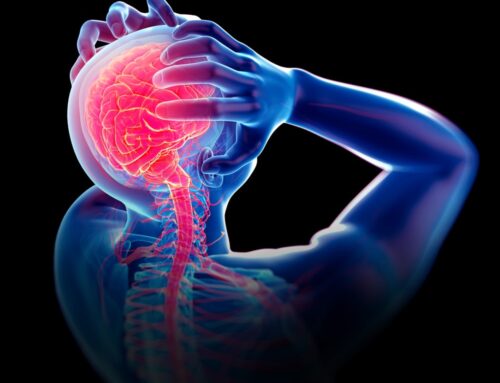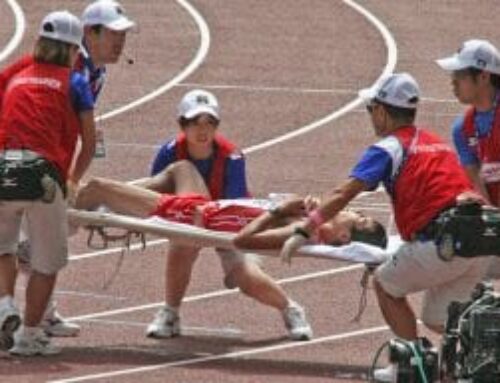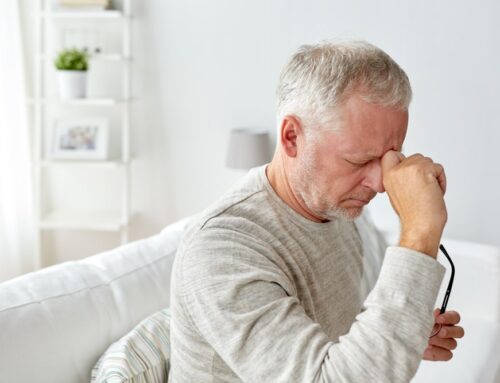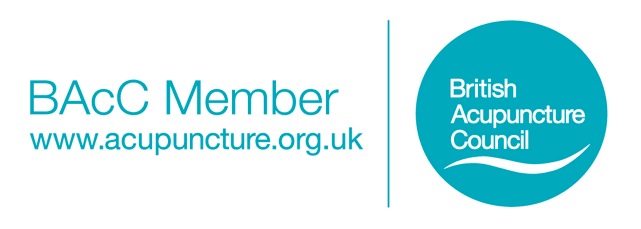For years now private clinics have been offering Acupuncture as an adjunct therapy for In Vitro Fertilisation IVF treatment, but it has not been widely available on the National Health Service (NHS). Many critics of Acupuncture have said that this is just our profession taking advantage of people who are in desperate situations and extract money for a treatment that has no scientific merits. Once again my stance has always been if you read the Asian publications you will find a wealth of research on this subject but very little was in the English language.
In March 2013 edition of the Journal of the British Medical Acupuncture Society is a piece of research from the Faculty of Medicine of ABC, Clinic for Human Reproduction, , Santo André, São Paulo, Brazil, where they evaluate the effectiveness of acupuncture and moxibustion as an adjutant treatment in women undergoing in vitro fertilisation (IVF) when embryo implantation has failed. Click here for the article.
The results of this research are that clinical pregnancy rate in the acupuncture group was significantly higher than that in the control and sham groups (35.7% (acupuncture) vs 7.1% (control) vs 10.7% (sham); p=0.0169).
The only real flaw in this research is the small number of participants (84 in total), but with modern statistical techniques this can still enable researchers to demonstrate any significant difference in control groups vs. treatment groups and these techniques are widely used in medical research.
Their methodology:
A prospective, randomised controlled clinical trial was conducted with 84 infertile patients who had had at least two unsuccessful attempts of IVF. The patients were randomised in three groups: control (n=28), sham (n=28) and acupuncture (n=28). The sample size was calculated by assuming a pregnancy rate of 10% when embryo implantation had failed. The pregnancy rates of the current IVF cycle were evaluated by measurement of blood human chorionic gonadotrophin (hCG) and subsequent transvaginal ultrasound. Acupuncture was performed on the first and seventh day of ovulation induction, on the day before ovarian puncture and on the day after embryo transfer. In the acupuncture group, patients were treated with moxibustion at nine acupuncture points (BL18, BL22, BL23, BL52, CV3, CV4, CV5, CV7, GV4) and needling at 12 points. In the sham group needles were inserted in eight areas that did not correspond to known acupuncture points.
Results:
The clinical pregnancy rate in the acupuncture group was significantly higher than that in the control and sham groups (35.7% (acupuncture) vs 7.1% (control) vs 10.7% (sham); p=0.0169).
Obviously there is much more research to do but this is a great step in the right direction of taking a theory and testing it.






